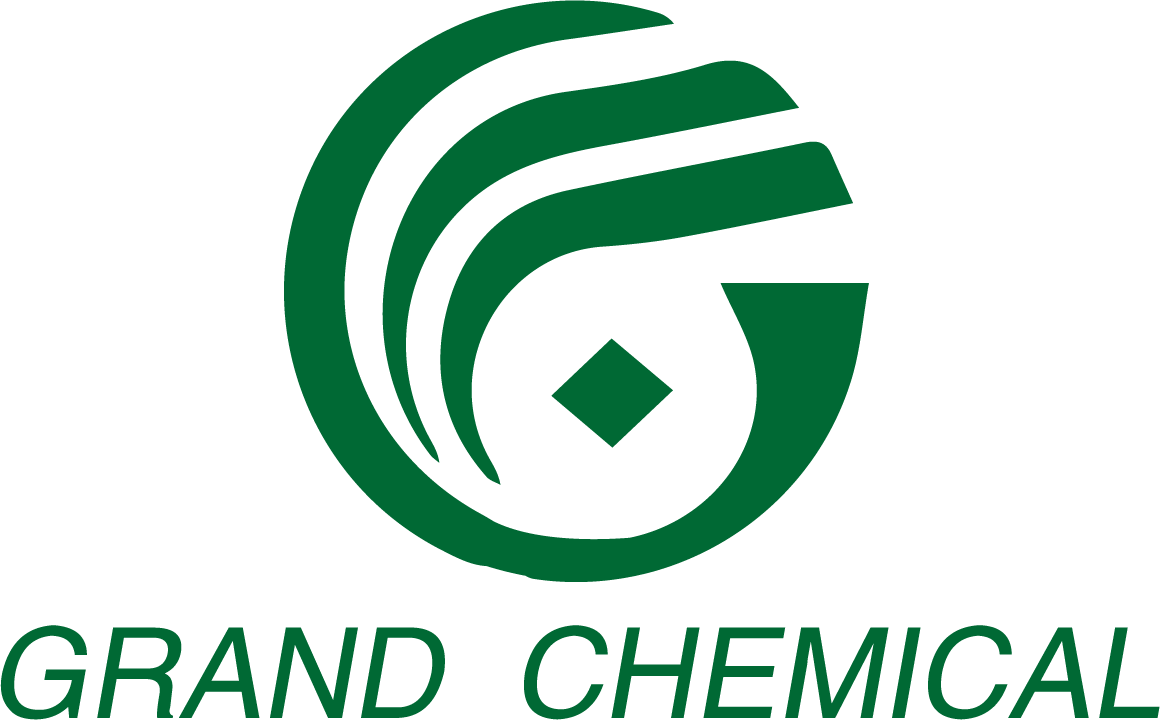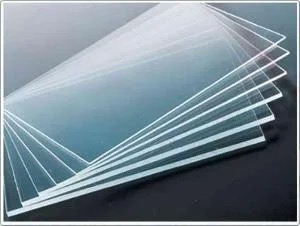Acrylic sheets—often referred to as plexiglass or PMMA sheets—are widely used in home décor, signage, lighting, display products, and interior applications. Known for their high clarity, glossy appearance, and elegant white or transparent finish, acrylic sheets are often perceived as premium materials. To enhance brightness and maintain long-lasting clarity, manufacturers commonly add a specialized optical brightener for acrylic sheets during production.
However, many producers face a common challenge: acrylic sheets may appear slightly yellow, dull, or aged after processing or storage. This not only affects visual appeal but also lowers product value. To solve this problem, the correct selection of optical brightener is key.
Why Acrylic Sheets Need Optical Brighteners
Acrylic sheets are used extensively in daily life—kitchens, bathrooms, lighting covers, dressing tables, display cabinets, and decorative panels. Their beauty and transparency are part of their appeal. However, yellowing can occur due to:
- Heat during extrusion or molding
- UV exposure
- Impurities from recycled PMMA
- Poor compatibility of additives
To counter these issues, manufacturers add an optical brightener specifically formulated for acrylic sheets, ensuring both whitening and long-term stability.
How to Choose the Right Optical Brightener for Acrylic Sheets
A key requirement for acrylic sheets is maintaining high transparency. Therefore, not all brighteners are suitable. When selecting the correct whitening agent, two factors matter most:
1. Transparency Compatibility
The whitening agent must not interfere with the optical clarity of the acrylic sheet.
Among all available brightener types, Optical Brightener OB performs exceptionally well for transparent and semi-transparent plastics. It offers:
- Excellent light transmittance
- No fillers or impurities
- A clean, neutral-blue fluorescence
- No impact on sheet clarity
2. Strong Weather Resistance
Acrylic sheets are frequently used in outdoor and high-light environments. Therefore, the brightener must resist:
- UV exposure
- Heat aging
- Discoloration over time
Optical Brightener OB demonstrates superior UV stability and strong lightfastness, making it the ideal choice for PMMA sheets.
Recommended Dosage
For acrylic sheet applications, the typical addition amount is:
➡ 0.03%–0.05% (300–500g per ton)
This small dosage delivers outstanding whitening and brightening without increasing production cost significantly—making it a high-value solution for manufacturers seeking premium results.
Conclusion
If your acrylic sheets appear yellowish, dull, or lacking brightness, switching to a high-purity optical brightener for acrylic sheets—especially model OB—can dramatically improve transparency, whiteness, and long-term performance.
For technical support or product recommendations, feel free to contact Shandong Grand Chemical Co., Ltd. We specialize in helping manufacturers achieve superior whitening results with professional-grade optical brighteners.

